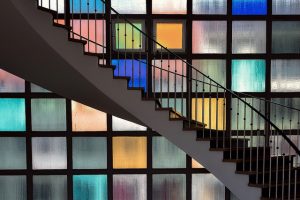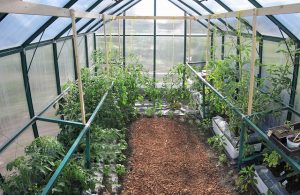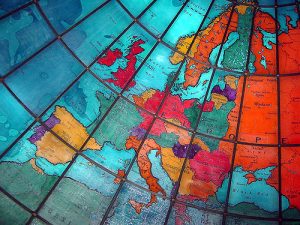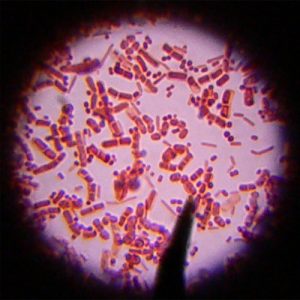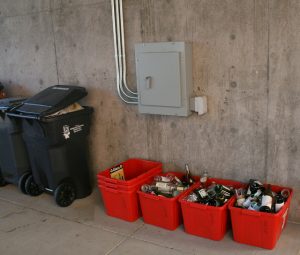Bird Lovers Throw Flag On Vikings Glass Stadium
The Minnesota Vikings’ new home is less than a year old, but conservationists are already assessing a penalty on US Bank Stadium for its mirrored glass surface. Avian experts say the building is a deathtrap for birds, and points to at least 60 bird deaths during the NFL season that were attributed to collisions with the building. Bird lovers also collected an additional 14 birds that crashed into the building, but survived.
The new stadium is made of highly reflective glass, which birds cannot distinguish from open sky. The result – birds are crashing into the building at a rate that alarms animal welfare groups. Using the figures collected so far, conservationists say that the stadium will likely cause the deaths of hundreds of birds over the next three years. They also point out that their figures don’t include bird carcasses that the stadium caretakers removed.
Before construction was completed on the stadium, the Audubon Society raised serious concerns about the building’s mirrored glass surface, and warned that the proposed design would result in a high number of bird-building collisions. The Audubon Society proposed coating the building’s glass surface to make it more visible to birds, but the owners declined.
A new study will be conducted over the next two years to re-examine the issue of safety for local birds, but until the study is completed, the owners have no plans to modify the outside of the taxpayer-funded stadium.
Avian experts estimate that collisions with glass buildings account for about 1 billion bird deaths each year worldwide. They propose modifying the surface of glass to make it easier for birds to distinguish structures from open air.
Glassprimer™ glass paint is a specially engineered glass coating that can help increase the visibility of a building by modifying the surface of glass. Changing the reflectivity of glass through the use of glass paint can make a building more bird-friendly without disturbing a building’s visual aesthetics.
Photo Credit: Paul VanDerWerf, via Flickr


